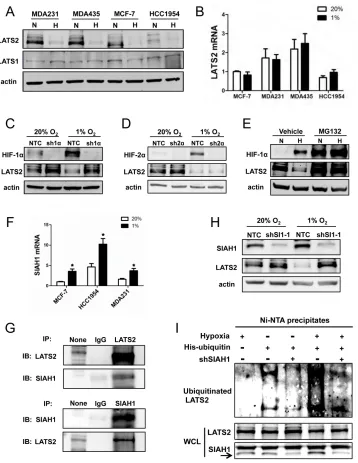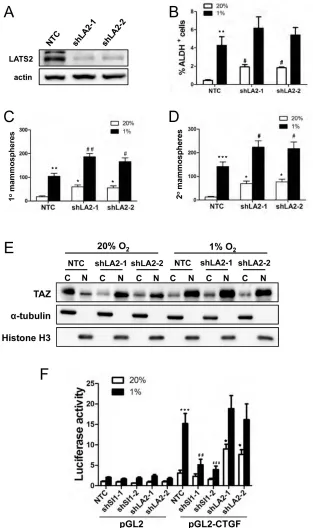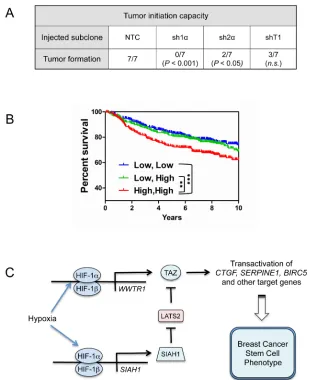Hypoxia-inducible factor 1 mediates TAZ expression and nuclear localization to induce the breast cancer stem cell phenotype
Full text
Figure




Related documents
B efore the introduction of Haemophilus influenzae type b (Hib) conjugate vaccines, the incidence of invasive Hib disease in children who were 5 years of age or younger was 46 to
frequency) be entered by free text resulting in either wrong agent, dose, and frequency administered or delay in treatment due to time needed to clarify orders. •
The court found that his removal fell within the scope of § 1252(g), a jurisdiction stripping statute which provides that “no court shall have jurisdiction to hear any cause or claim
Comparison of the eddy locations with variability of the fronts positions for each month (based on the data of 2007) shows that the submesoscale structures are often recorded
Figure 5(d) shows the SPI spatial pattern over the study area for 1983, and the map revealed that 1983 was another year of drought episode as most serious drought
Collectively, these data suggest that CXCR2 signaling is a second chemokine axis that interacts antagonistically with CXCR4 to regulate neutrophil release from the bone
Figure 6a shows a glass wafer be- ing measured on the FlatMaster® MSP-300 using the three- point mount support and Figure 6b shows a wafer mounted on the wire support.. A test was
Vulnerability (CIAV) decision-support products for the seaport sector by assessing the current state of vulnerability assessments for seaports (manuscript 1), compiling and



